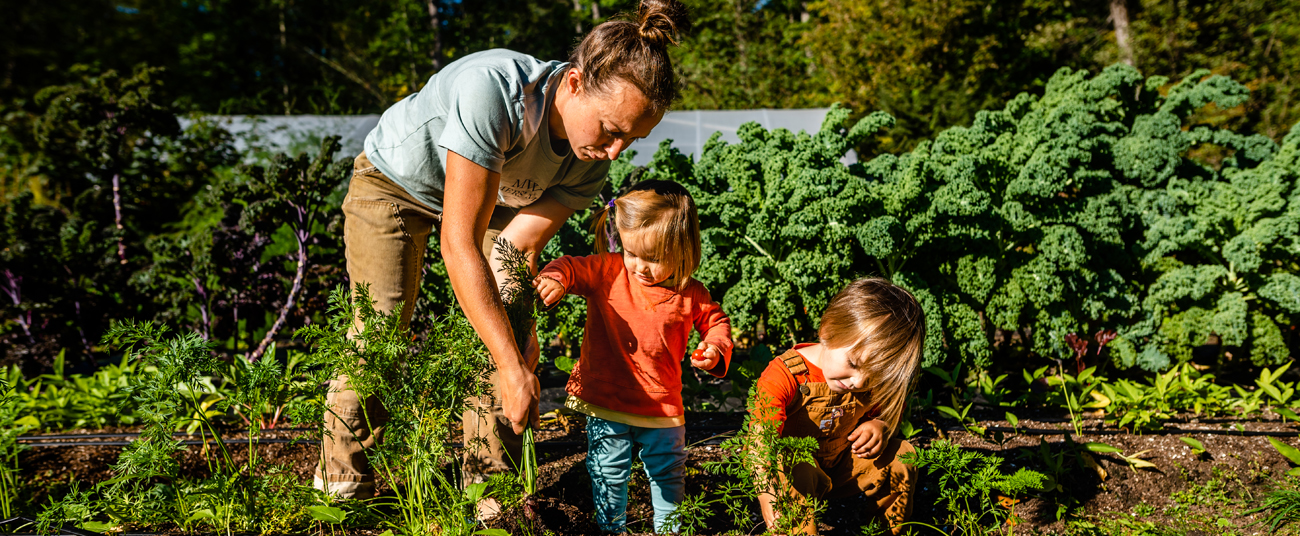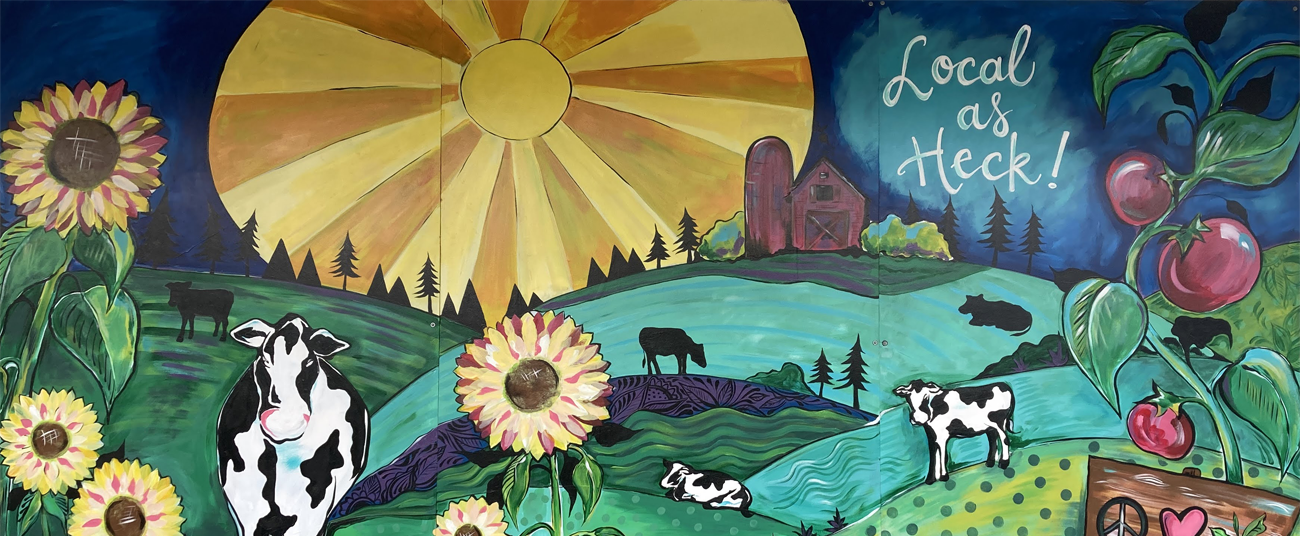
NEFNE Research
Overview
The New England Food System Planners Partnership (NEFSPP) is a collaboration amongst seven state-level food system organizations and representatives from the six-state agricultural, economic and environmental departments in New England. New England Feeding New England (NEFNE) is the Partnership’s primary initiative and aims to have 30% of the food produced in New England consumed in the region by 2030. Together, we are mobilizing our networks to impact local and regional food supply chains and strengthen and grow the New England regional food system.
During the research phase of this project, two research areas focused on understanding the capacity of the New England food system to produce more food for local consumption.
The sixteen researchers taking part in the 30% by 2030 New England Feeding New England foundational research explored opportunities and needs along the food supply chain, from the land and sea and labor needed to produce food, to how it will be distributed, to what consumers will buy. The research also serves to quantify the scale of the regional food economy, including the number of jobs, businesses, and economic impact. The research established a 2020 baseline of our current state of production and consumption and developed two 2030 scenarios – an “Unchanged Eating” scenario whereby we eat in 2030 the way we eat in 2020, but adjusted for population growth; and a “Resilient Eating” scenario whereby we eat closer to USDA Dietary Guidelines. Both scenarios estimate the number of acres needed in agricultural production to meet our 2030 goal and examine issues related to a viable fisheries and seafood industry in the region.
New England Feeding New England Research
What would it take for 30% of the food consumed in New England to be regionally produced by 2030?
The New England State Food System Planners Partnership convened sixteen researchers who worked together over 18-months to produce this foundational research report.
Research Findings
1. New England has the capacity, ability, and ingenuity to create a food system that is more self-reliant. The current system presents several barriers to doing so.
Everyone has a role to play. Currently, food producers in the region do not produce enough to meet the 30% by 2030 goal. Too much of our regional food system is caught up in a concentrated, global food system model that is vulnerable to real threats like climate change, public health emergencies, and supply chain disruptions. It is challenging for new and beginning farmers, fishers and food entrepreneurs to get started. We are looking to retail grocers in the region to open up their shelves, cooler and freezer space to more regional food producers.
- If we control more of our food supply, we can protect our land – a finite resource – and ensure that more of it is used for agricultural production.
- If our food supply chains become decentralized and less reliant on large, global food suppliers that saturate markets, more New England businesses will have the ability to access the marketplace.
- If more fresh and nutritious food consumed in New England were produced, harvested, and caught in New England, consumers would have greater opportunity for a more resilient, healthy diet with more access to local food.
- If more New Englanders consumed local foods, this would serve as an investment in local and regional businesses, diversify the supply chains that serve the region, and increase consumers’ access to fresher products closer to home.
2. In order to create a more self-reliant food system, food system development entities must work collaboratively to identify policies and investments that support public and private supply chain businesses and infrastructure.
Producers must sell more local food to local markets. Local food must be more accessible. Local and regional food supply chains must be rebuilt. We must invest in our regional infrastructure – warehouses, processing facilities, transportation, and other critical links – to support a shift to a more self-reliant system. Federal and state policies must align with the goal of producing and distributing more food within our region. Small- and medium-sized producers must be strengthened so they aren’t crowded out by giant food conglomerates. With a growing and diverse population, new and beginning farm, fisher and food business owners, especially BIPOC, need access to affordable capital, land and landings. And activities on each of these levels must be coordinated and aligned in ways that build the competitiveness of New England-based producers, harvesters and supply chain businesses.
- If infrastructure is strengthened, more of what is grown, raised and caught in New England will stay in New England.
- If federal, state, and local policies worked together to strengthen the region’s own food system, farmers and fishers would be stronger, supply chains would be more reliable, and the market would be more competitive.”
- If the scale of production and processing are better matched and coordinated, both producers and processors will be more financially viable and resilient.
3. Building a more resilient, strong regional food system would mean more jobs, a healthier populace, and greater stability of our economy, workforce, and supply chains.
The economic contribution of New England’s food system is significant, accounting for more than 10% of all jobs and $190 billion in sales. However, agricultural and seafood employment have been essentially flat and sales were down in recent years. Most New Englanders appreciate and value the community of people working together to catch, raise, and grow food across the region. But, we need to be concerned about the future of regional agriculture and fisheries: farmers, farmworkers, and fishermen are crucial but undersupported. Without their expertise, and a pipeline of new and diverse farmers, farmworkers, and fishermen, opportunities for healthy, reliable regional food systems are drastically decreased.
- If more food consumed in New England were produced in New England, more of what we all spend on food for our families will be retained in our region, supporting local jobs, local businesses, and our local communities.
- If food supply chains are shortened, farmers will be able to capture more of the value of what they raise, making them more profitable and keeping them sustainable.
- If local producers and processors are able to thrive financially, they will be able to provide better paying jobs and local economic benefits.
- If workers had the knowledge and skills to withstand changes in our food supply and markets, our food system would be stronger and more resilient.
To read the foundational research, CLICK HERE.

